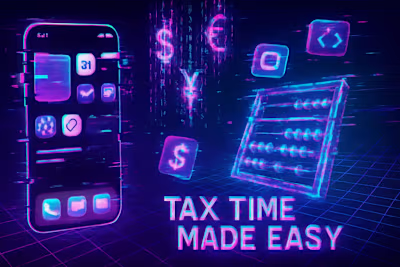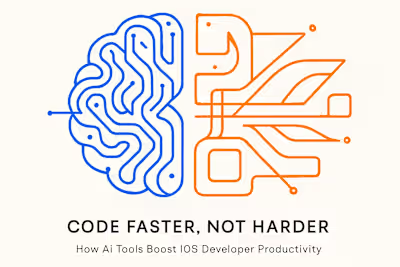Freelance Contract Essentials for iOS Developers: 7 Must-Have Clauses

Freelance Contract Essentials for iOS Developers: 7 Must-Have Clauses
Clause 1: Scope of Work and Deliverables
Defining the Project in Detail
What's Not Included
Clause 2: Payment Terms and Schedule
Rate and Total Amount
Payment Schedule and Invoicing
Late Payment Penalties
Clause 3: Intellectual Property (IP) Ownership
Defining Ownership Transfer
Retaining Rights to Pre-existing Code
Clause 4: Revisions and Scope Creep
Limiting the Number of Revisions
Defining a Process for Additional Work
Clause 5: Confidentiality
Protecting Client Information
Protecting Your Processes
Clause 6: Termination
Conditions for Termination
Payment for Work Completed
Clause 7: Independent Contractor Status
Defining the Relationship
Non-Exclusivity
Bringing It All Together
References
Freelance Contract Essentials for iOS Developers: 7 Must-Have Clauses
Clause 1: Scope of Work and Deliverables
Defining the Project in Detail
What's Not Included
Clause 2: Payment Terms and Schedule
Rate and Total Amount
Payment Schedule and Invoicing
Late Payment Penalties
Clause 3: Intellectual Property (IP) Ownership
Defining Ownership Transfer
Retaining Rights to Pre-existing Code
Clause 4: Revisions and Scope Creep
Limiting the Number of Revisions
Defining a Process for Additional Work
Clause 5: Confidentiality
Protecting Client Information
Protecting Your Processes
Clause 6: Termination
Conditions for Termination
Payment for Work Completed
Clause 7: Independent Contractor Status
Defining the Relationship
Non-Exclusivity
Bringing It All Together
References
Posted Jul 6, 2025
Protect your freelance business with a rock-solid contract. Learn about the 7 essential clauses every iOS developer needs, from scope of work and payment terms to intellectual property.









